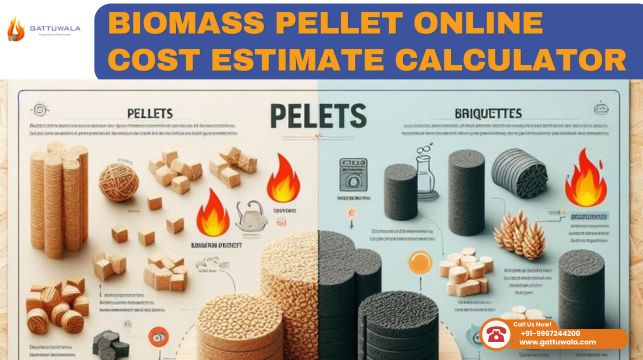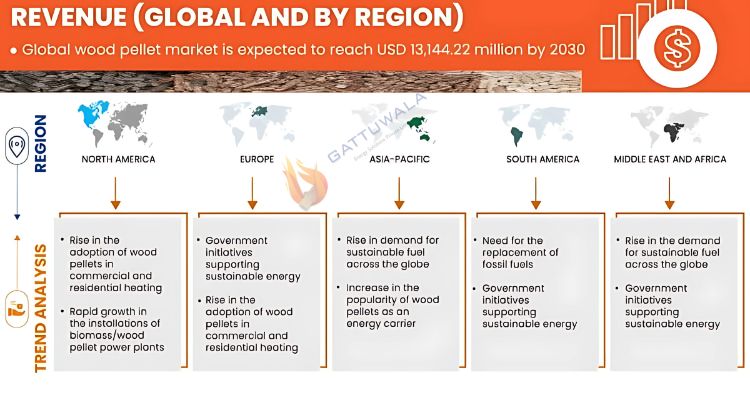- March 24, 2025
Project Name: Bio Pellet Production Line
Plant Location: AMBALA (HARYANA)
Raw Material: Parali Processing Plant Residues
Production Output: 5 ton per hour
This production line was designed and built for one of our client in AMBALA. The capacity is 5/hour.
Photos of the Finished Bio Pellet Production Line
View the factory inside photos below to see some details of the equipment and plant layout. Welcome contact us to get the cost details of bio pellet production line, if you are planning to start your own pellet plant. (Related Article: How to Set Up A 2 ton per hour Small Wood Pellet Plant)



Is Pellets Cooling Necessary for Bio Pellet Production Line?
Several factors affect the quality of pellets. Customers are likely to look at the surface smoothness, water resistance, powder ration, and the hardness of the pellets among other things. Differences in these factors is brought about by the cooling effect and the specifications of the machine, the materials used to make these pellets, and the moisture content.
It is crucial to understand that pellets come from a the manufacturing machine at temperatures above 75 degrees and a moisture content of around 15%. These pellets at this condition lack firmness and thus, can easily break. Therefore, it is necessary to cool these pellets to the room temperatures and a moisture content that is below 10% to harden them.

There are cooling equipment for pellet production line that enhance a rapid decrease in temperature and moisture levels. These methods differ based on direction of flow of the pellets and air. They include downstream and counter flow approaches. The method utilized by each machine may affect the quality of the pellets produced by the biomass pellet production plant.
The counter flow approach involves the pellets produced by the machine flowing against a cool stream of air. As the hot pellets flow from the machine, they meet dry and cool air that absorb the heat and carry along the excess moisture. A fan is used to discharge the now warm and moist air. The resultant pellets have a smooth surface, are water resistant, and have less powder.
The other method used is the downstream cooling. In this approach, both the hot and moist pellets flow towards the same direction with a cool stream of air. The method is less effective because the produced pellets have a rough surface, a lot of powder, and are less resistant to destruction by water or moisture. From this description, it is evident that the counter cooling machine is a better method than the downstream approach.

How to Make biomass Pellets from Agro Waste?

Biomass Pellet Online Cost Estimate Calculator


![5 Ton per Hour Bio Pellet Production Line [Project Report]](https://gattuwala.com/wp-content/uploads/2025/03/1.5-Ton-per-Hour-Bio-Pellet-Production-Line-Project-Report.jpg)
